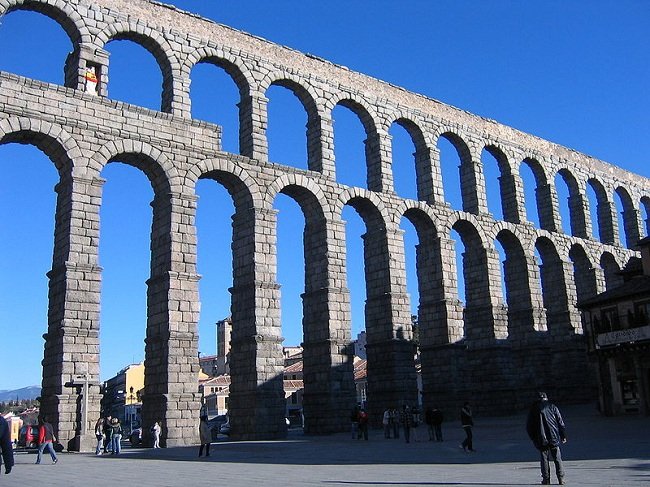Evolution of Architectural Styles with changing Construction Technology
How did different Architectural styles develop? What was the concept behind the development of different architectural styles around the world? Or rather what gave a boost to the evolution and development of specific architectural styles in specific regions?
Now if we are to have a look at the globe, we would realize that every country has its own architectural style. Architecture shapes the character of town/city/country. Now the questions how did so many different styles came into existence….??
Well, here’s the answer.
Building materials availability in different regions of the world
The availability of building materials play a huge role in the evolution of architectural style. The technology back then wasn’t as developed as it is today. So, designers of those times took all the necessary efforts to devise construction techniques for the construction of various structures in different sizes and forms. The forms were mostly derived from the construction technique used.

Influence of lifestyle of the people across the world
We all know that lifestyle does influence our choice and quality of living. Religion in the earlier days was more pronounced than it is today. In a city where the majority were Christians, the kind of constructions that took place were different types of Churches.
In different eras, these structures were reused differently for different purposes.
